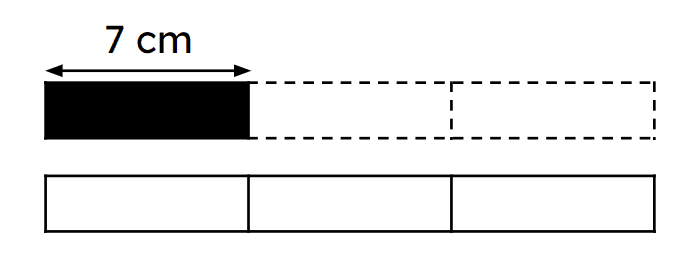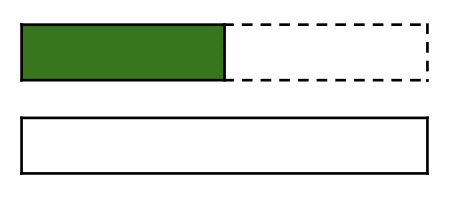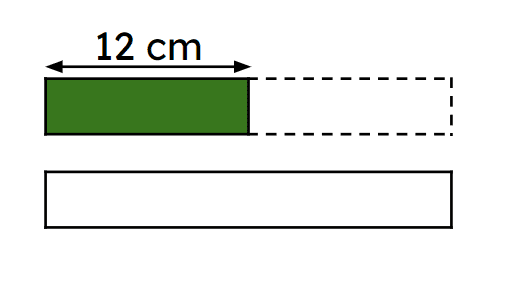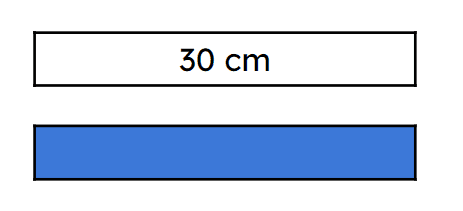Myths about teaching can hold you back
- Year 5
Compare and describe lengths using knowledge of multiplication
I can compare and describe lengths using knowledge of multiplication.
- Year 5
Compare and describe lengths using knowledge of multiplication
I can compare and describe lengths using knowledge of multiplication.
These resources were made for remote use during the pandemic, not classroom teaching.
Switch to our new teaching resources now - designed by teachers and leading subject experts, and tested in classrooms.
Lesson details
Key learning points
- Lengths can be compared using multiplication.
- Comparisons of length can be represented as a multiplication equation.
- The stem sentence, 'The __ is __ times the length of the __' can be used to compare and describe lengths.
Keywords
Times the length/height/depth - Times the length/height/depth is a phrase that is used to compare and describe lengths or heights. For example, one tree might be three times the height of another tree; it is three times as tall.
Twice - Twice means ‘two times as many’. For example, ‘He asked her twice’ means she was asked two times. In maths, we can say twice four is eight because two times four is eight.
Common misconception
Children may say, 'Times longer' but this is imprecise.
We say 'Times the length' because this is more precise.
To help you plan your year 5 maths lesson on: Compare and describe lengths using knowledge of multiplication, download all teaching resources for free and adapt to suit your pupils' needs...
To help you plan your year 5 maths lesson on: Compare and describe lengths using knowledge of multiplication, download all teaching resources for free and adapt to suit your pupils' needs.
The starter quiz will activate and check your pupils' prior knowledge, with versions available both with and without answers in PDF format.
We use learning cycles to break down learning into key concepts or ideas linked to the learning outcome. Each learning cycle features explanations with checks for understanding and practice tasks with feedback. All of this is found in our slide decks, ready for you to download and edit. The practice tasks are also available as printable worksheets and some lessons have additional materials with extra material you might need for teaching the lesson.
The assessment exit quiz will test your pupils' understanding of the key learning points.
Our video is a tool for planning, showing how other teachers might teach the lesson, offering helpful tips, modelled explanations and inspiration for your own delivery in the classroom. Plus, you can set it as homework or revision for pupils and keep their learning on track by sharing an online pupil version of this lesson.
Explore more key stage 2 maths lessons from the Compare and describe measurements using knowledge of multiplication and division unit, dive into the full primary maths curriculum, or learn more about lesson planning.

Licence
Prior knowledge starter quiz
6 Questions
Q1.3 × 6 =
Q2.What number is 6 times 6?
Q3.How many 7s are there in 42?
Q4.Which number is 10 times the size of 25?
Q5.Which calculation would solve this problem: How many 8s are there in 72?
Q6.Match the equations to their solution.
49
64
36
25
81
Assessment exit quiz
6 Questions
Q1.Which sentence describes this image?

Q2.The black ribbon is 6 cm long. How long is the white ribbon? The white ribbon is cm long.

Q3.The black ribbon is 7 cm long. Which calculation would you need to use to calculate the length of the white ribbon?

Q4.Which statements describe this image?

Q5.The green ribbon is 12 cm long. How long is the white ribbon?

Q6.Which equation describes the length of the blue ribbon?



